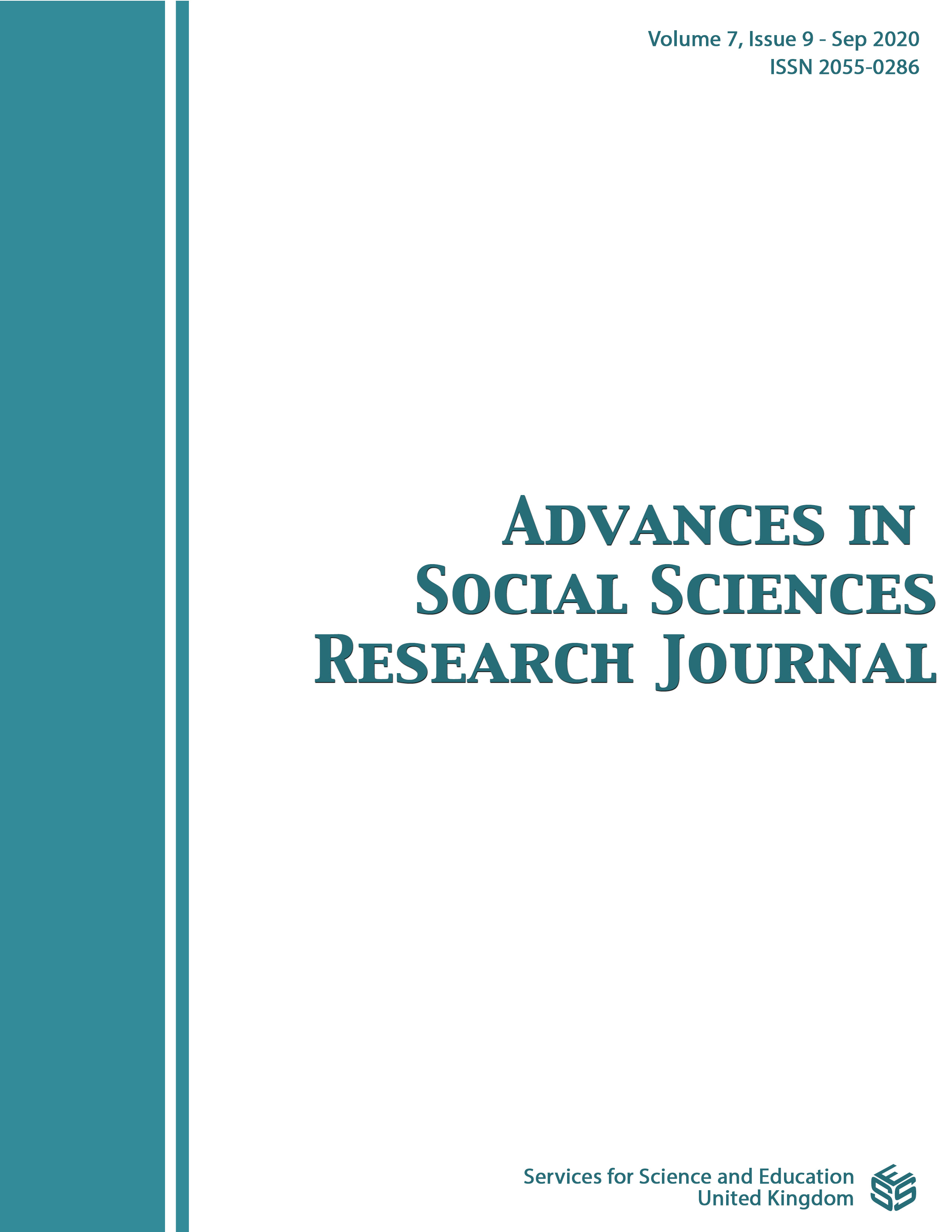Crisis Management Policy of Natural Disaster
DOI:
https://doi.org/10.14738/assrj.79.8985Keywords:
Crisis Management; Natural Disaster; Policy.Abstract
Abstract
Indonesia is the country that has the most active volcanoes in the entire world. The Eurasian Plate, the Pacific Plate, and the Indo-Australian Plate are three active tectonic plates that cause collision zones to form these volcanoes. Indonesia is estimated to have 129 volcanoes, all of which are carefully monitored by the Centre for Volcanology and Geological Disaster Mitigation. This is done because several volcanoes in Indonesia continue to show activity. Moreover, it is estimated that more than five million people live in the "danger zone" of a volcano where they must be immediately evacuated if the mountain shows significant upward activity (Indonesia-Investment, 2019). However, efforts to reduce the risk of natural hazards remain largely uncoordinated in different types of hazards and do not necessarily focus on areas with the highest disaster risk.
This paper uses a descriptive qualitative approach as the main writing approach and uses crisis management theory by Rosenthal, that crisis management involves efforts: (1) to prevent a crisis from occurring; (2) to prepare better protection against the impact of crisis agents; (3) to make effective responses to the actual crisis; and (4) to provide plans and resources for post-crisis recovery and rehabilitation.
The results of this study are: (1) to accelerate forest recovery, the government can engage the community with security and welfare approach; (2) natural disaster management is the main responsibility of the government; (3) In crises due to natural disasters, form a team that is responsive to critical situations. This team was formed by involving government agencies, community leaders, and NGOs; and (4) to increase the government's capacity to reduce the impact of natural disasters, assessment of potential damage, the establishment of an early warning system, and the improvement of disaster-resistant capabilities are needed.
Keywords: Crisis Management; Natural Disaster; Policy.
References
[2]. Cochran, Clarke E. “American Public Policy: An Introduction, Tenth Edition”, Wadsworth, Boston, USA, 2006.
[3]. Devlin, Edward S. “Crisis Management Planning and Execution”, Auerbach Publications, Taylor & Francis Group, New York, 2007.
[4]. Dilley, Maxx et., al. “Disaster Risk Management Series - Natural Disaster Hotspots: A Global Risk Analysis”, The World Bank Hazard Management Unit, Washington, D.C., 2005.
[5]. Dye, Thomas R. “Understanding public policy”, Pearson Education, Inc., United States, 2005.
[6]. Farazmand, Ali. “Crisis and Emergency Management: Theory and Practice Second Edition”, Taylor & Francis Group, LLC, New York, 2014.\
[7]. Gilpin, Dawn R., and Murphy, Priscilla J. “Crisis Management in A Complex World”, Oxford University Press, Inc., New York, 2008.
[8]. Glaesser, Dirk. “Crisis Management in the Tourism Industry”, Butterworth-Heinemann, Oxford, 2003.
[9]. Gonzalez, Flores, Claudia G. “Risk Management of Natural Disasters: The Example of Mexico”, Universitatsverlag Karlsruhe, 2010.
[10]. Government Regulation of The Republic of Indonesia Number 35 Of 2002 Concerning Reboisation Funds.
[11]. Indonesia-Investment (2019). Bencana Alam di Indonesia, https://www.indonesia-investments.com/id/bisnis/risiko/bencana-alam/item243
[12]. Ingleton, Jon. “Natural Disaster Management: A presentation to commemorate the International Decade for Natural Disaster Reduction (IDNDR) 1990–2000”, Tudor Rose Holdings Limited, England, 1999.
[13]. Merriam-Webster Dictionary, Natural Disaster Noun, https://www.merriam-webster.com/dictionary/natural%20disaster
[14]. Miyata, Yuzuru et al. “Environmental and Natural Disaster Resilience of Indonesia”, Springer Nature Singapore Pte Ltd., Singapore, 2018.
[15]. Nurhadi Sucahyo, “Jokowi, Satu Miliar Pohon dan “Penghijauan” Laut”, 2017, https://www.voaindonesia.com/a/jokowi-satu-miliar-pohon-dan-penghijauan-laut/4158226.html
[16]. Olsson (Ed.), Stefan. “Crisis Management in the European Union: Cooperation in the Face of Emergencies”, Springer Dordrecht Heidelberg, London, New York, 2009.
[17]. Rosenthal, Uriel, and Pijnenburg, Bert. “Crisis Management and Decision Making: Simulation Oriented Scenarios”, Reprinted from Contemporary Crises VoI. 14, No. 4, Springer Science+Business Media, Dordrecht, 1991.
[18]. Schultz, David. “Encyclopedia Of Public Administration and Public Policy”, Facts On File, Inc., New York, 2004.
[19]. Watkins, Michael. “Your Crisis Response Plan: The Ten Effective Elements”, Harvard Business School Working Knowledge, Baker Library | Bloomberg Center Soldiers Field, Boston, 2002, https://hbswk.hbs.edu/item/your-crisis-response-plan-the-ten-effective-elements
[20]. World Health Organization, Environmental Health in Emergencies, https://www.who.int/environmental_health_emergencies/natural_events/en/
Downloads
Published
How to Cite
Issue
Section
License
Authors wishing to include figures, tables, or text passages that have already been published elsewhere are required to obtain permission from the copyright owner(s) for both the print and online format and to include evidence that such permission has been granted when submitting their papers. Any material received without such evidence will be assumed to originate from the authors.






